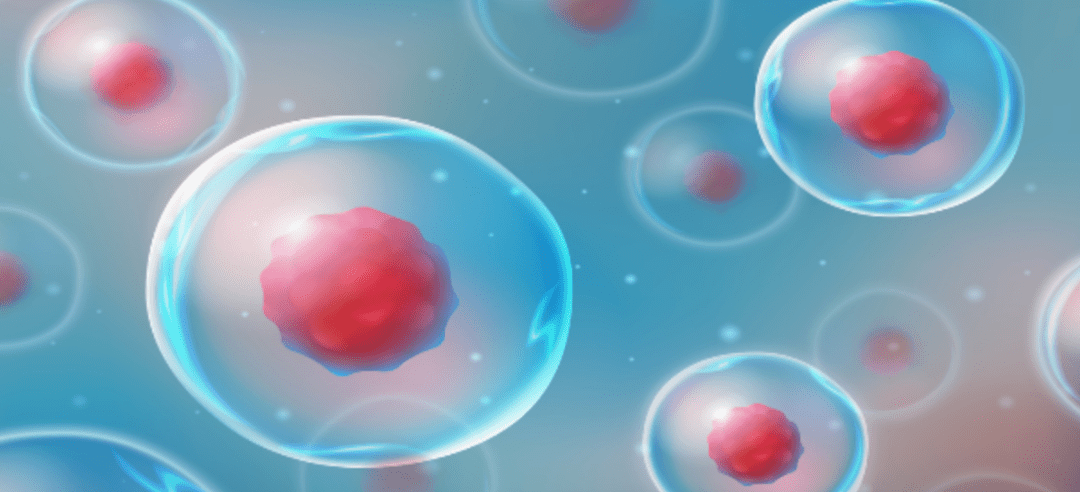Stem cells are essential in understanding human development, disease, injury, and potential treatments and cures. However, since the initial research on these critical cells began with embryonic stem cells, many people dismiss the benefits of stem cell research and treatment as controversial. Unfortunately, that dismissal ignores what may be of adult stem cells, which are more commonly used in therapies today. Adult stem cells provide the same benefits as embryonic stem cells but with some limitations.
What Are Stem Cells?
Stem cells are unique cells found in the human body that are the only cells that can differentiate into new cell types. Depending on the need, stem cells can divide and create brain, muscle, and blood cells, as well as various other specialized cells in the body. This ability earned them the label of the “building blocks of cells.”
Stem cells may also help repair damaged tissues, allowing them to play a critical role in managing condition and injury symptoms.
What Are the Types of Stem Cells?
There are two primary forms of stem cells – embryonic and adult.
Embryonic Stem Cells
Embryonic stem cells come from a blastocyst, an early-stage embryo before it implants. In the very early days of forming a human, cells reach a blastocyst stage, which occurs about four to five days after fertilization.
Embryonic stem cells are particularly valuable since they can divide unlimitedly under the right conditions. Since these are the very first cells the body forms to make a human, they can become all types of cells. In addition, they are pluripotent, meaning they can become many types of cells.
The embryonic stem cells used in research now come from unused embryos donated from in-vitro procedures.
Adult Stem Cells
Adult stem cells have two main types. One type of adult stem cell comes from tissue inside the body, such as bone marrow, fat tissue, or skin tissue. However, the number of stem cells in these tissues is limited, and they can only differentiate into specific types of cells, making them multipotent, not pluripotent.
Scientists have discovered ways to change adult stem cells in a lab to make them pluripotent, like embryonic stem cells. These are induced pluripotent stem cells, and they still come from adult tissue.
Stem Cell Therapy
Currently, physicians and scientists may use hematopoietic stem cells (HSCs) or mesenchymal stem cells (MSCs) to help manage conditions. HSCs are adult cells found in the bone marrow. Recently, researchers have found strong evidence that HSCs are pluripotent and may serve as the source of most cells in the body. MSCs are a multipotent cell that can differentiate into different tissues in the body and are found in adipose (fat), umbilical cord, and bone marrow tissues.
While the early years of stem cell research focused on embryonic stem cells, researchers are now uncovering the capability of adult stem cells and discovering new and exciting ways to help patients with managing their conditions and injuries with these unique cells. To learn more about the services offered at Stemedix, contact us today!


 St. Petersburg, Florida
St. Petersburg, Florida
